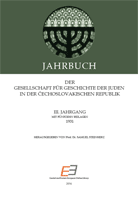

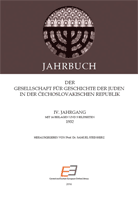
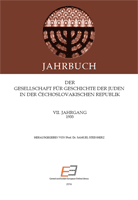
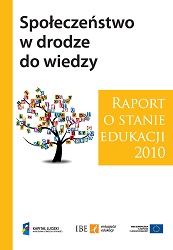
Keywords: education; knowledge; society
Głównym celem raportu jest wzmocnienie szerokiej publicznej debaty zarówno na temat samej edukacji, jak i jej znaczenia w działaniach rozwojowych. W Raporcie o stanie edukacji 2010 zebrano informacje dotyczące zmian, jakie zaszły w edukacji, w ciągu ostatnich 15 lat, ze szczególnym naciskiem na edukację ogólną. W poszczególnych rozdziałach poruszono kwestie dot. wykształcenia społeczeństwa polskiego, uczestnictwa w edukacji formalnej, finansowania edukacji, demografii, jakości edukacji, nauczaniu matematyki, nauczycielom, spójności społecznej w kontekście edukacji oraz sprawom związanym z powiązaniem edukacji z rynkiem pracy.
More...
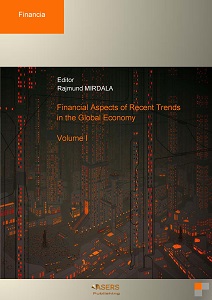
Keywords: globalization; financial crisis; financial market contagion; natural disasters
With financial globalization, investors can gain from diversification if returns from financial markets are stable and not correlated. However with volatility spillovers, increase in cross-market correlations exist as a real-effect and are not taken into account for asset allocation and portfolio composition. This chapter assesses financial contagion from two recent trends in the world economy: the global financial crisis and the 2011 Japanese natural disasters (tsunami, earthquake and nuclear crises).
More...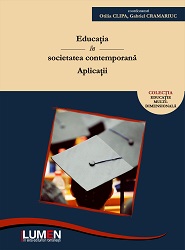
Keywords: Higher pedagogical education; structural reform of national education system; European educational space; Bologna process; changes in teacher education
The article deals with the changes in teacher's education designed to ensure high competitiveness of future graduates. The author enlists all the reforms needed in educational field for Ukrainian education to become able to compete with those of European countries. It is stated that process of structural reform in national education systems, changes in educational programs and institutional reforms should be made. The legislative norms for the changes in question are reviewed. The author comes to the conclusion that given evolution of the education system should not be separated from other areas of society. It has to develop in a harmonious interrelation with society as a whole, taking on the role of its leader.
More...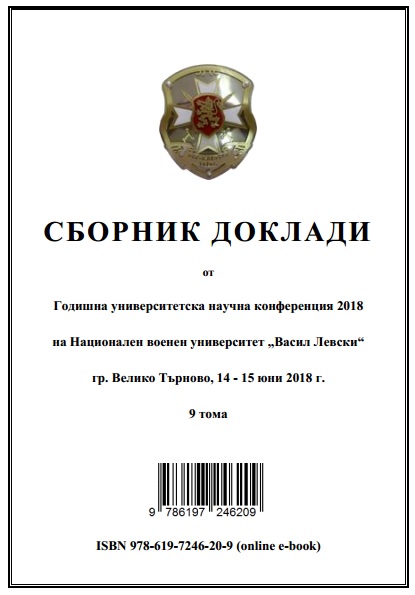
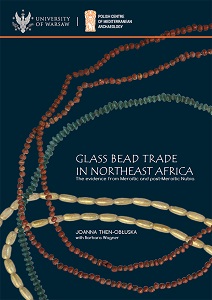
Keywords: glass beads; Meroitic and late Antique Nubia; trade in antiquity; glass manufacturing; chemical composition; provenance study
Strings of colorful glass beads were a popular commodity traded throughout ancient Nubia in the earlier half of the first millennium AD. Combining macroscopic examination with laboratory analyses, the author breaks new ground in Nubian studies, establishing diagnostic markers for a study of trading markets and broader economic trends in Meroitic and post-Meroitic Nubia.Archaeometric results, lucidly presented and discussed, identify the origins of the glass from which the beads under investigation were made. The demonstrated South Indian/Sri Lankan provenance of some of the ready-made beads from Nubian burial contexts and a reconstruction of their distribution patterns in Northeast Africa is the first undisputed proof of contacts between Nubia and the Red Sea coast. Reaching beyond that, it shows Nubia’s involvement in the Asian maritime trade, whether directly or indirectly, during a period of intensive interchanges between the 4th and 6th centuries AD.
More...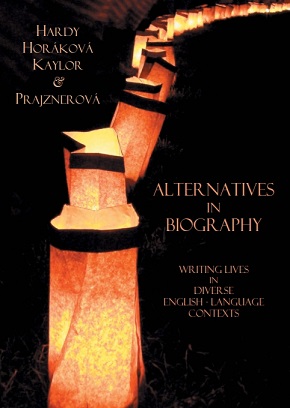
Keywords: Pastoral biography; English writers; Peter Ackroyd; Paul Carter; John Berger; literature genre;
BIOGRAPHY and pastoral both constitute broad generic categorizations which are open to a constantly changing and developing variety of interpretations with regard to their precise nature and boundaries. This chapter primarily concerns itself with an analysis of parts of the work of three English-born writers, Peter Ackroyd (b. 1949), Paul Carter (b. 1951) and John Berger (b. 1926), and ways in which they provide instances of combining elements of biography and pastoral, while also challenging what might be considered as the boundaries of their conventional characterization. The commentary and analysis provided here are intended as initially suggestive rather than potentially definitive and do not therefore incorporate any theoretical overview of either genre. The prefatory remarks on biography and pastoral are provided as a form of contextualization which is intended to be of immediate relevance to what follows. No previous acquaintance is presumed on the part of the reader with the three writers in question. A short introductory sketch of the nature of their work will therefore be in order before embarking upon a more detailed exploration of those aspects relevant to the brief series of partly explicative and partly interpretive commentaries presented here.
More...
Keywords: Biography; bioregional biography; place-based essays; literary history; literary map; genre of biography;
AS authors of place-based, personal essays, Emily Carr (1871-1945) and Emma Bell Miles (1879-1919) were pioneering cartographers: pioneering in the sense that they were breaking new ground, in terms of the literary history of their respective places as well in terms of the genre of biography; cartographers in the sense that each devoted her life to writing about a place she knew, about herself, creating a body of work that offers a map for others, native-born or not, to find their own way. This chapter examines the interplay of place, self, and narrative in Carr’s portrait of Victoria, British Columbia, and Miles’s portrait of Walden’s Ridge, Tennessee, around the turn of the twentieth century. My aim is twofold: to illustrate, on the example of particular sites, each author’s individual artistic imbrication in the landscape that was her home, an imbrication that resulted in a lasting addition to the literary map of North America; simultaneously, by gleaning references to these particular sites from multiple volumes of their personal nonfiction and pairing the two life-lines into a cross-continental conversation, to show that Carr and Miles relate to place in strikingly similar ways—when their journal entries and essays are surveyed and over-laid, bioregional biography takes shape.
More...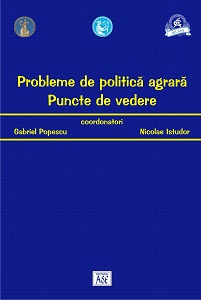
Keywords: economy; agrarian policy; land market; property relations; agricultural association and cooperation; rural economy; rural development; land consolidation; Romanian agricultural economics; agricultural
The volume "Agricultural Policy Issues. Points of view" brings together the opinions of specialists in the field, that reflects the current situation and the stage of evolution of the romanian agricultural sector, as well as the problems encountered in achieving and implementing the economic and productive legal framework of great interest for agriculture and its modernization. This book is a broad scientific event, which treats responsibly the defining segments of the economy and agricultural policy, with emphasis on issues related to the architecture of ownership and exploitation structures, property relations, involvement of the agricultural sector in association actions and cooperation under the influence of new modernization and development strategies subject to the area of scientific debate of the academic and university personalities present at the event. The present research focuses on the perimeter of economics and agricultural policy, addressing important strategy points, which capitalize on the scientific knowledge of specialists and decision-making bodies that forms the pyramid of romanian society, whose opinion completes a set of synergistic actions for efficiency and development of agriculture in Romania. The indisputable value of the scientific materials included in the volume can be recognized by the very essence of the debate – the involvement of the act of knowledge in finding solutions and opportunities for solving problems that affect the natural economic course of agriculture.
More...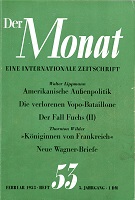
Please download the Introduction-PDF which you find below to see en détail what you can find in this issue Thank you.
More...
Content: Security Issues, Employment, and Application of Law on the Use of Languages and Anti-discrimination Law in Kosovo; Return of Displaced Persons to Kosovo in 2007 and 2008; Kosovo Institutions Applying the Law on the Use of Languages; Application of Anti-discrimination Law and Law on the Use of Languages in Kosovo Public Companies; Implementation of the Law on the Use of Languages in the Kosovo Education Process.
More...
Keywords: retail network in the town of Zlaté Moravce; shopping behavior; consumer typology;
In the past 15 years we have been involved in the rapid development of retail in Slovakia. Its globalization trends, materialized in shopping malls, often built on a ‚green field‘ along major communication lines, have had a significant impact on commercial suburbanization. The „pulling“ of large-scale retail centers on the outskirts of the city significantly affects the state and further development in the central part of the city, with frequent consequences (deadening) of traditional retail zones, many times leading to their disappearance. The new shopping zones change the mode of the time fund and the adopted daily cycles of shopping life for both urban and rural populations and promote consumerism. A number of elements adapt to this phenomenon, e.g. transport networks and parking facilities, opening hours of shops, monitoring the convenience of purchases through prices in leaflets between the traditional and new zone, synergy of non-commercial services, spending leisure time. Nowadays we are witnessing the penetration of foreign retail companies into the medium-sized to small towns of Slovakia and its changes in concentration, integration and internationalization. The aim of the paper is a brief description of the retail network in the typically small Slovak town of Zlaté Moravce. The next section presents the results of a survey of consumer buying behavior and evaluation of its conclusions.
More...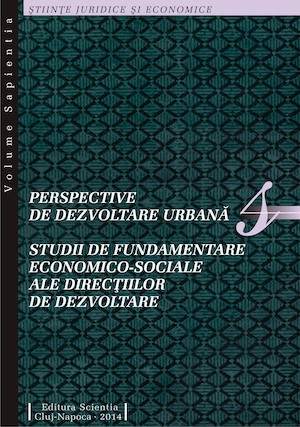
Keywords: economic analysis; industrial districts; SWOT analysis; Miercurea Ciuc;
The first study aims at presenting the economic analysis of the city by elaborating the current situation analysis. The main objective was to develop an accurate analysis on the local economy, on the existing problems and relations within the local economic system. In addition to the secondary data, a field observation was also carried out regarding the situation of industrial districts and other economic activities. After analysing the situation, a SWOT analysis of the settlement was conducted, followed by the definition of the main strategic directions and the formulation of a strategic vision. Following that, three alternative development scenarios were formulated, among which the most viable one was chosen, partly integrating the other two.
More...